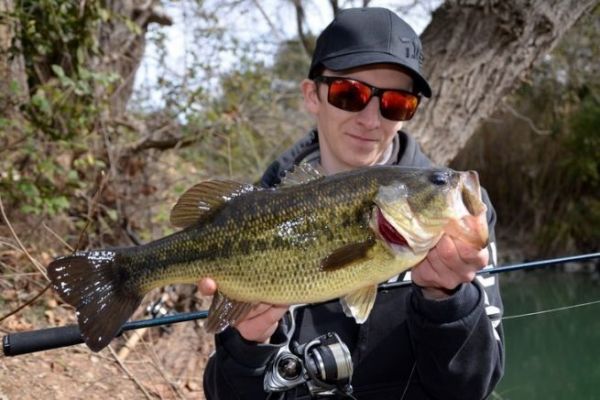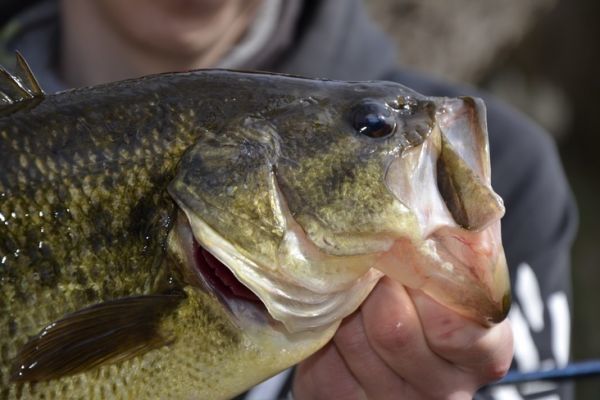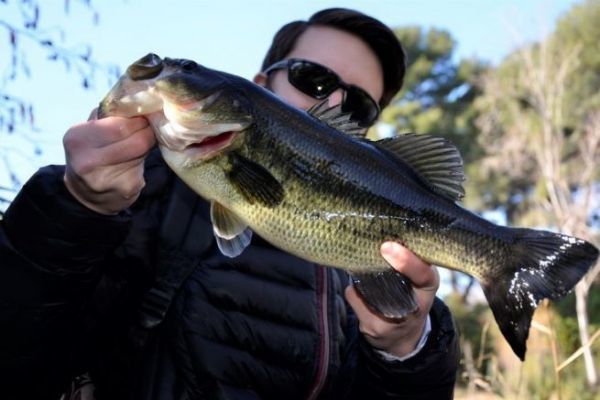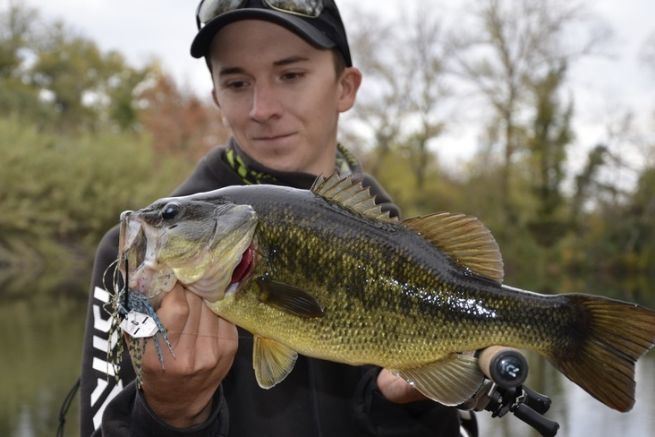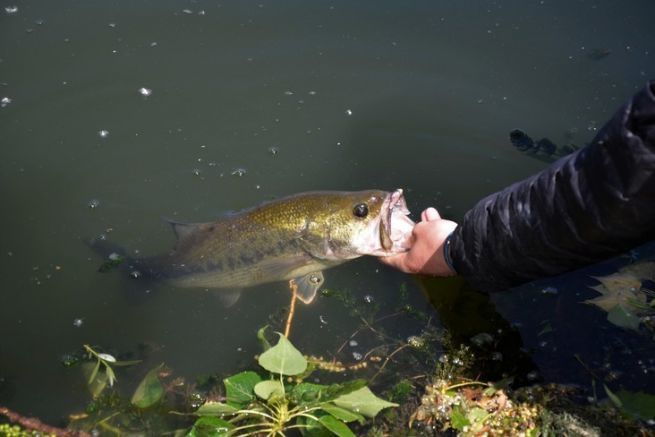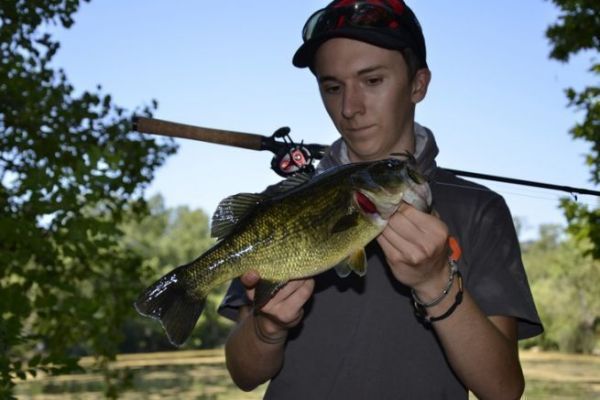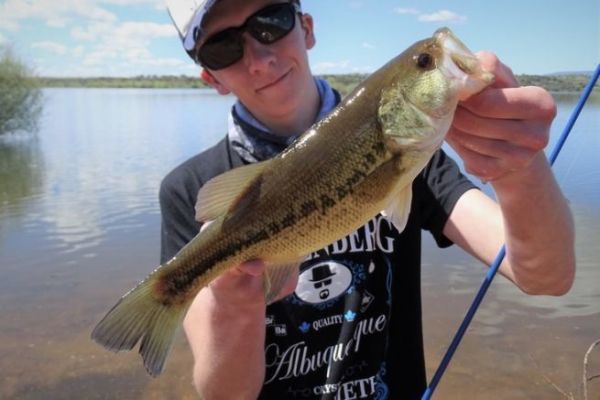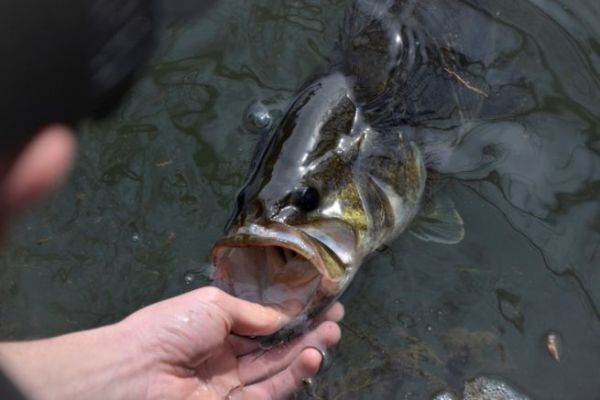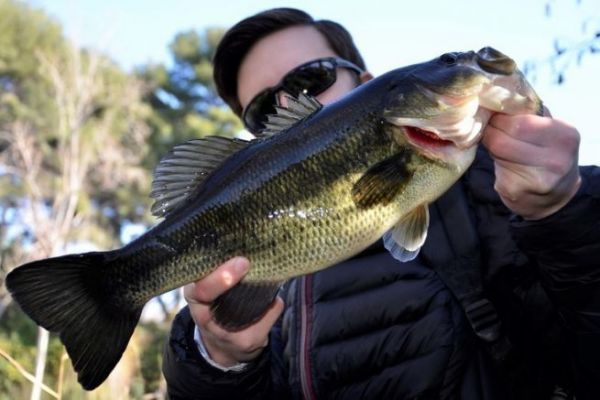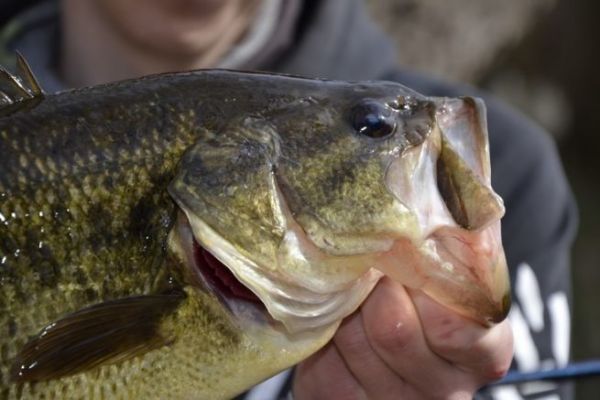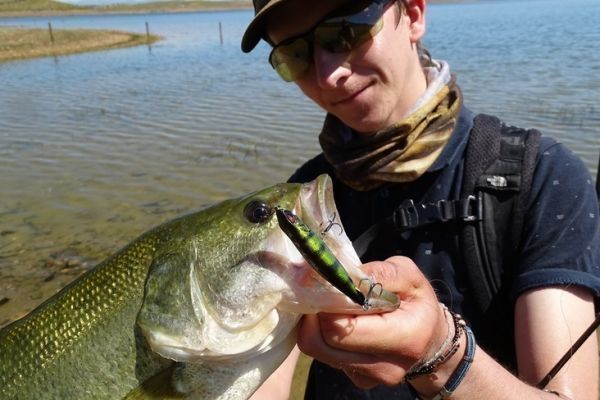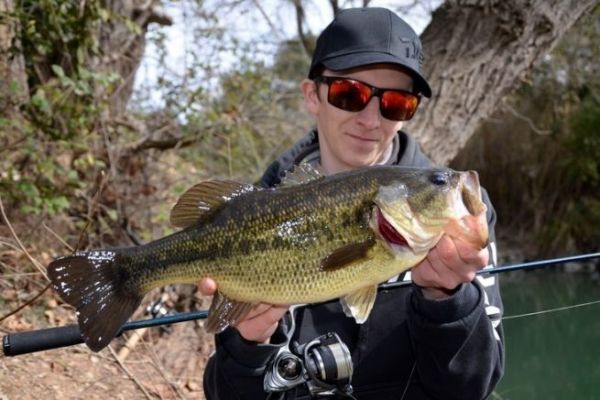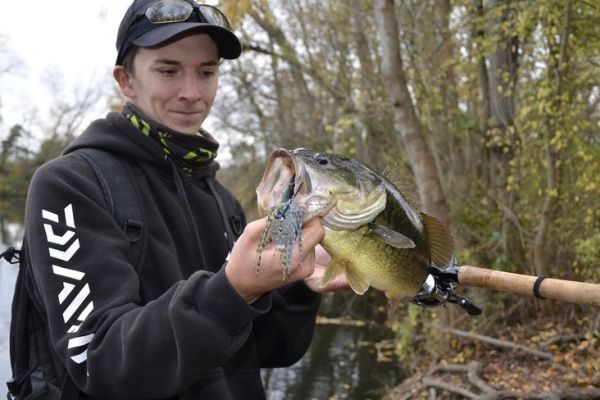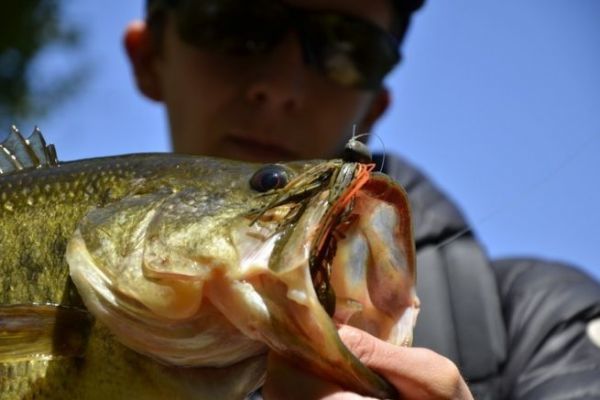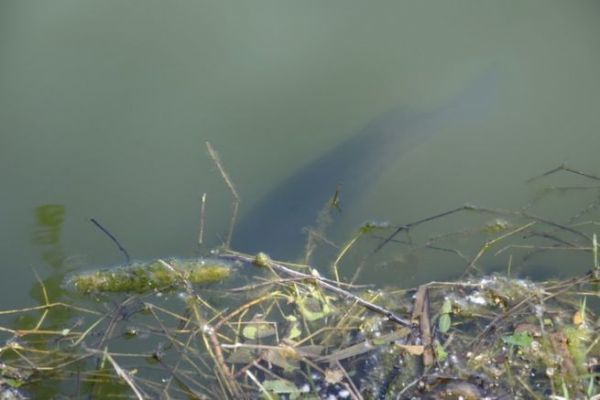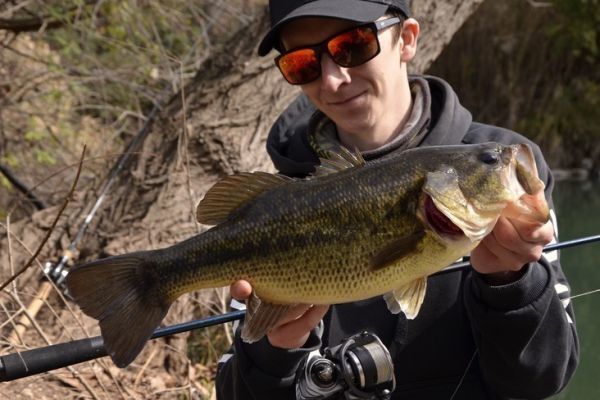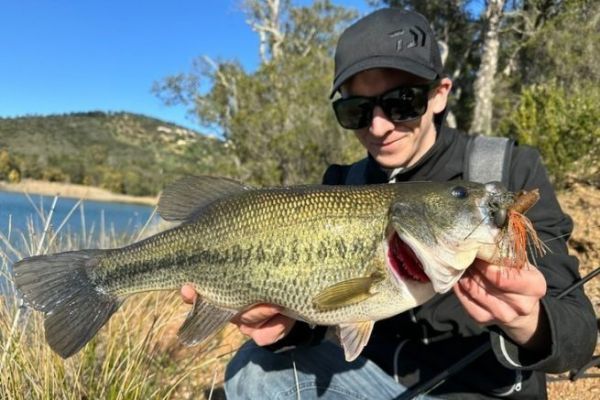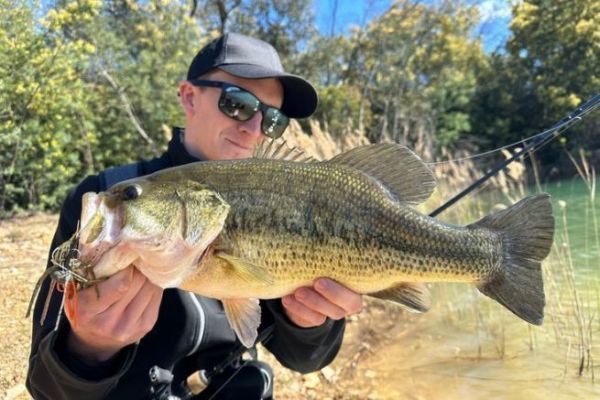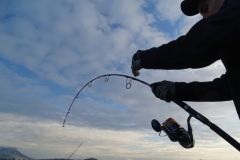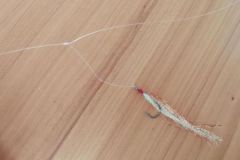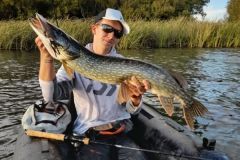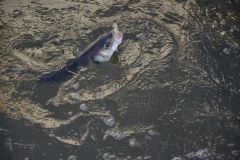Find prey to find black bass
As autumn sets in, the water temperature drops and so does the amount of sunshine. Black bass, like other predators, will follow schools of forage fish in search of oxygenated areas. When the temperature drops, shallow areas become more oxygenated and are thus populated by whitefish, as well as black-bass. At the end of summer, the fish leave the safety and cooler waters of the deep. Early autumn doesn't last forever, as from the start of winter, the fish will return to the depths once again.
This is a particularly popular season for black-bass anglers, as the forage is concentrated on the amount of food it needs to ingest to build up reserves, and sometimes forgets to hide. Black bass can then take advantage of easy prey to feed on.
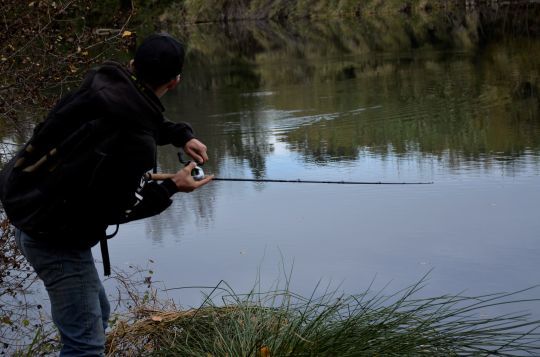
Each type of structure counts
Black bass are therefore frequently found in shallow areas, close to the various structures they can find on the water. A marked break, a river inlet or a nice carpet of weed are the areas to look for quickly.
As the season progresses, you'll find black bass in two types of hunting zone, either in the shelter of a weed bed or stump, lying in wait, or in open water and on the move in search of a school of white fish. Fish behaviour can change rapidly within a few days, depending on how quickly temperatures drop, so always be ready to explore new areas and not rest on your laurels.
Lures to use
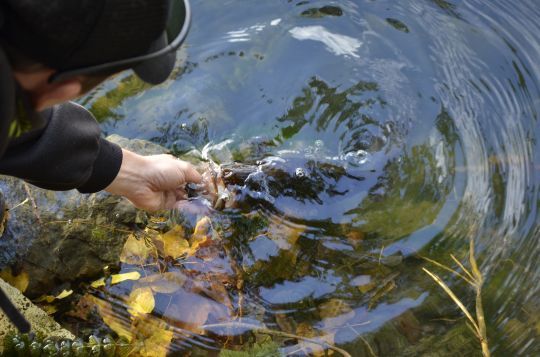
Each type of lure should be used according to the type of position being fished. For example, the crankbait is very effective for following a break or passing over a carpet of grass and triggering aggressive attacks from black bass. If your spot is cluttered with branches, stumps or submerged trees, the spinnerbait and jig will be very useful to avoid hooking too frequently, while allowing you to fish slowly.
For stalking large specimens, you'll have the opportunity to use big swimbaits, perfect for imitating a big wounded white fish. Finally, don't forget that surface lures will allow you to trigger fish posted in shallow areas thanks to the sound and vibrations they emit. A popper is a must for sunrise and sunset, while a buzzbait or frog will allow you to prospect areas too crowded for another lure during the day.

 /
/ 